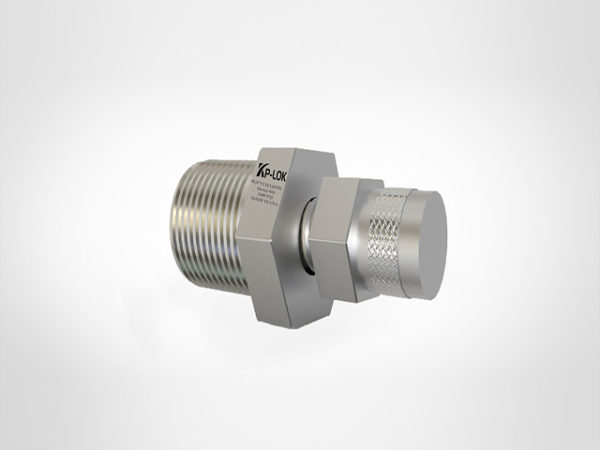MOMMY, DADDY, WHERE DO VALVES COME FROM?
A lot of people have found the moment embarrassing- when they
areasked how valves came into existence. Indeed, it can alsobe a tiring
conversation; But I have come to say that it does not have to be like that for
you. This article will give you some tips to help you think about and explain
the origin of the valve.
A short history of industrial valves
Antagonistic to what you imagine, valves are not newdiscoveries.
Some kinds of valves were released 2,000 years ago.
In olden times, Egyptians, Greeks and others made use of tree
trunks, stones, and branches to control the flow of water for irrigation and
public purposes.
In the end, the Romans participated in the "valve" game
while developing a sophisticated channel system. They often moved water from
far distances when they moved waterways away from rivers or streams.
Three piece ball valve. The type of valve they made use of is a
stopcock or a brass plug. The valve consists of a body, a hole, a floor, and a
long charge that turns the plug.
Romans also used a diaphragm valve made of leather. This valve was by
hand closed in the tarn to control the bath water flow and temperature at home.
More sophisticated valves were introduced as the construction of
irrigation systems, canals and other similar structures increased during the
renaissance period. You can also see the sketch of the valve used in the picture
of Leonardo Da Vinci.
In the early 17th century, skipping a century or two, Thomas
Newcomen invented the first steam engine to pump water. This device required a
valve to regulate steam at high pressure. Valve development continued to gain
momentum as more innovation was required during the Industrial Revolution.
In 1840, James Robinson patented the first valve in the United
States for the last-minute hook (now called the Gate). It's a really
interesting name. These are the two main parts of the drawer valve. Drawer
valve operated by handwheel
James Watt introduced a butterfly valve to the steam engine, and in
1901 the first Mercedes passenger car used a butterfly valve for the fuel inlet
connected to the throttle.
Valve is not a powerful weapon, but it can be thought that played a
big role in World War II. This valve was used to provide flow control for 100
octane fuel. They have also been used in plumbing for the production of toluene
for explosives and butadiene for synthetic rubber.
Toluene used to be the most important ingredient in TNT production
at the time. In addition to these uses, valves have been very important for
aircraft and boats for fuel and water management.
Although the valve plays a role behind the stage, many cells have
historically been used for essential https://www.kp-lok.com/product/purge-valves/ purposes. Water and sewage treatment, food
manufacturing, brewing, mining, petroleum processing, chemical manufacturing, plumbing;
The list is endless. It is fascinating to look back and
see how they have been developed to meet the needs of diverse society through
history.
